LATVIJA.FM
Jelgava Palace: Power, Flames, and Rebirth in the Heart of Zemgale
In the flat, fertile plains of Zemgale stands a structure that once rivaled the grandeur of any royal court in Europe—Jelgava Palace. Designed by the legendary architect Rastrelli, this sprawling Baroque masterpiece was more than a residence: it was the beating heart of a duchy, a canvas for war, fire, and forgotten nobility. Today, beneath its dignified silhouette, the palace lives on in a new form—housing students and scholars at Latvia University of Life Sciences and Technologies, and carrying its legacy from opulence into quiet endurance.
A Ducal Dream in Brick and Marble
Commissioned in the 18th century by Duke Ernst Johann of Courland, Jelgava Palace was envisioned as a symbol of power, culture, and political autonomy. Designed by Bartolomeo Rastrelli—better known for his work on the Winter Palace in St. Petersburg—the building blended Russian imperial ambition with European Baroque finesse. Constructed on the site of a former Livonian Order castle, it emerged not merely as a residence but as a declaration: Courland was to be seen, heard, and admired. Its symmetrical wings, vast courtyards, and richly decorated halls made it the largest Baroque palace in the Baltics. Yet even as the final stones were being laid, history was already sharpening its teeth.
A Palace Between Powers
From its earliest days, Jelgava Palace existed at the crossroads of empires. The Duchy of Courland and Semigallia, though technically a vassal of Poland-Lithuania, was deeply entangled in the politics of Sweden, Russia, and Saxony. The palace often found itself the backdrop for diplomatic intrigues, royal visitors, and marital alliances that shaped the fate of Europe’s lesser-known noble houses. Most famously, it became the temporary home of Louis XVIII of France during his exile in the 1790s, when a corner of Zemgale played host to French royalty awaiting the restoration of their throne. In these candlelit chambers, great names and doomed dynasties passed through, leaving behind whispers in stone and tapestry.
War, Fire, and the Ashes of Grandeur
Jelgava Palace’s gilded age would not last. In the 19th and 20th centuries, the building fell into decline, repeatedly battered by the region’s turbulent wars. It was ravaged during World War I, and nearly obliterated during World War II, when Soviet and German forces turned Jelgava into a battlefield. Fires devoured the palace’s interiors; frescoes vanished, libraries were lost, and silence replaced the music of its former ballroom. What remained after the war was not a royal home but a hollow shell, its Baroque splendor blackened and fractured. For many, it symbolized the end of an era—a memory too large to fully restore, yet too important to abandon.
A Scholarly Second Life
After the war, Jelgava Palace rose not as a museum but as a university. In 1944, the Latvian Academy of Agriculture—now the Latvia University of Life Sciences and Technologies—relocated into its surviving halls. Classrooms replaced salons, chalkboards took the place of paintings, and students filed where courtiers once strolled. It was a humble but poetic transformation: knowledge continuing where nobility once ruled. While the interiors were never fully restored to their former opulence, key elements—like the ducal crypts in the palace’s basement—remain preserved and open to the public. Today, Jelgava Palace stands not as a relic, but as a living institution, proving that even broken grandeur can be reborn with purpose.
A Monument to Memory and Motion
Jelgava Palace may no longer host ducal banquets or imperial visitors, but its presence still commands awe. As students crisscross its courtyards and tourists peer through arched windows, the building continues to evolve—layering new stories atop old. Restoration efforts, though modest, ensure that the palace’s silhouette remains intact: a powerful emblem of resilience. In many ways, Jelgava represents Latvia itself—ravaged by forces beyond its control, yet continuously rebuilt through education, adaptation, and memory. The echo of Baroque grandeur lingers in its bricks, but so does the promise of progress.
Where Time and Legacy Converge
Jelgava Palace isn’t simply a building—it’s a crossroads of centuries, where art, politics, and education collide. Its halls have heard royal proclamations, cannon fire, and now the hum of student debate. It has been exalted, neglected, destroyed, and reborn. Each stage in its life reflects the broader currents of Latvian history: the ambitions of dukes, the violence of empire, and the quiet triumph of resilience. In the heart of Zemgale, surrounded by fields once meant to feed a duchy, Jelgava Palace continues not as a monument to what was lost, but as a witness to what endures.
Cover image: Jelgava castle in August 2011 by Pudelek (Marcin Szala), available under the Creative Commons Attribution-Share Alike 3.0 Unported license.
